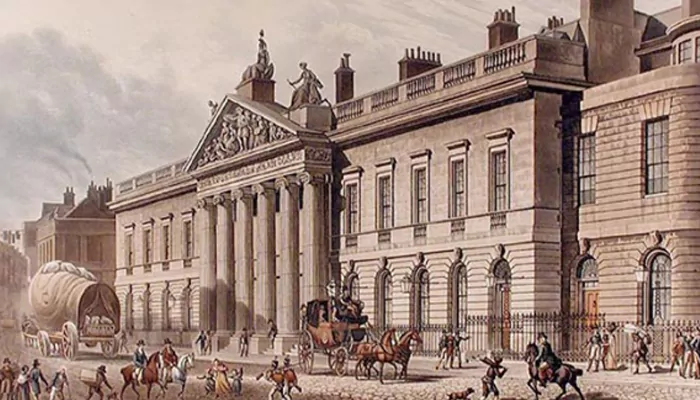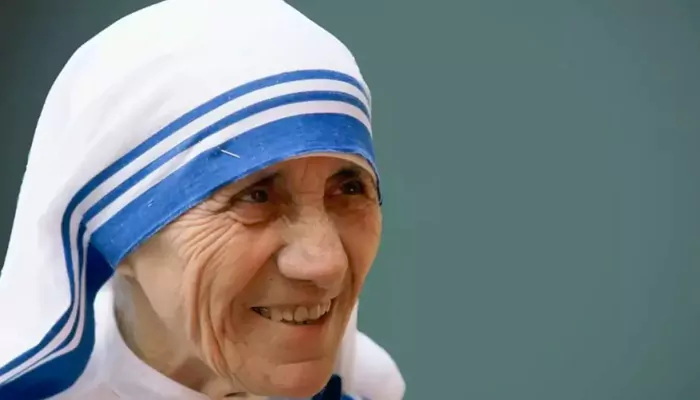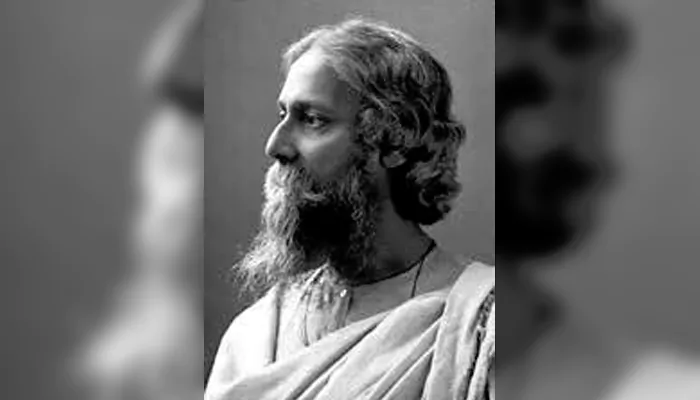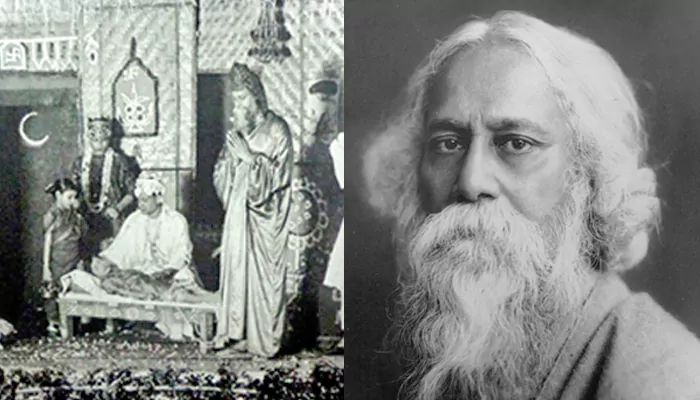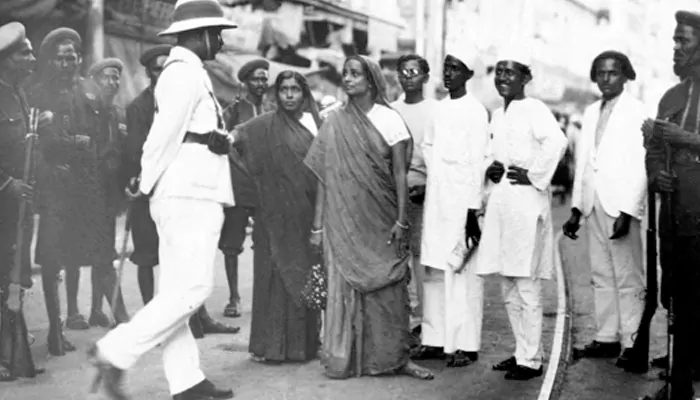Jalianwala Bagh Massacre, 106 Years On: The Man Behind the Tragedy - Who Was General Dyer?
- Sayan Paul
- 8 months ago
- 6 minutes read

The Jallianwala Bagh massacre took place on April 13, 1919 - exactly 106 years ago.
Whenever we think of the Jallianwala Bagh massacre, haunting images flood our minds—of Gurkha and Sikh infantry regiments of the British Indian Army, lined up with loaded rifles, firing mercilessly into a crowd of innocent men, women, and children. It’s painful, to say the least. And naturally, we feel nothing but fury toward those who pulled the trigger. But you see, it is less about the men holding the guns, and more about the man who stood behind them, the one who gave the order. That man was temporary Brigadier General R. E. H. Dyer. As Nanak Singh so powerfully captured in his poem 'Khooni Vaisakhi' (translated by his grandson):
"At Dyer's command, those Gurkha troops.
Gathered in a formation tight, my friends.
Under the tyrant's orders, they opened fire.
Straight into innocent hearts, my friends.
And fire and fire and fire they did...!"
#OnThisDay , Reginald Dyer called the 'Butcher of Amritsar' ordered his soldiers to fire at unarmed civilians at Jalianwala Bagh, on 13 April 1919.
— John Oldman (@PrasunNagar) April 13, 2022
The firing led to more than 1000 casualties.
British are yet to apologize for this massacre. pic.twitter.com/NOPRIf4LlQ
(Credit: John Oldman)
It's 106 years of the Jallianwala Bagh massacre today. As we remember all those who lost their lives there, let's also learn about Reginald Edward Harry Dyer (infamously known as the 'Butcher of Amritsar'), his life and career, and also some interesting facts about him.
The Beginning - Early Life and Education
Born on October 9, 1864, in Murree, Punjab Province of British India (now in Pakistan), Dyer was the son of Edward Dyer, a British entrepreneur who managed the Murree Brewery. Growing up in the colonial milieu, Dyer received his early education at the Lawrence College Ghora Gali in Murree and later at Bishop Cotton School in Shimla. At the age of eleven, he was sent to Midleton College in County Cork, Ireland. Initially enrolling at the Royal College of Surgeons in Ireland, he soon realized that his true calling lay in the military, leading him to the Royal Military College, Sandhurst.
Military Career
Commissioned into the Queen's Royal Regiment (West Surrey) in 1885, Dyer's early military assignments included riot control duties in Belfast and participation in the Third Burmese War (1886–87). His proficiency in several Indian languages and Persian facilitated his transfer to the British Indian Army, where he was involved in various campaigns, notably in Burma and the North-West Frontier. During World War I, he was tasked with overseeing security operations in parts of India. He led the Seistan Force, earning recognition through a mention in dispatches and being appointed a Companion of the Order of the Bath (CB). In March 1915, he was promoted to the rank of colonel, and by February 1916, he had taken command of a brigade as a temporary brigadier general—a position he was again appointed to in March 1918. He rose through the ranks and eventually commanded the 45th Brigade based in Jalandhar.

The Jallianwala Bagh Massacre
On April 13, 1919—Baisakhi day—Dyer made history but for all the wrong reasons. Following unrest linked to the Rowlatt Act, a crowd of thousands gathered in Jallianwala Bagh, Amritsar, for a peaceful protest. Dyer, believing the gathering to be in defiance of his ban on public meetings, arrived with troops and blocked the only exit (the other three sides were enclosed by buildings). He then ordered his men to open fire without any warning. It lasted about 10 minutes, during which soldiers fired 1,650 rounds into the unarmed crowd. Official British records stated 379 deaths, but Indian sources estimated over 1,000.
The Jallianwala Bagh Massacre took place on 13 April 1919, when the acting Brigadier-General Reginald Dyer ordered British Indian Army soldiers to kill unarmed Indians in Jalianwala Bagh, Amritsar, Punjab. Fire your rifles at a crowd of civilians. pic.twitter.com/BgrOrPBz49
— British Indians Voice 🇮🇳🇬🇧 (@BritIndianVoice) April 13, 2022
(Credit: British Indians Voice)
He later defended his actions, saying, “It was no longer a question of merely dispersing the crowd, but one of producing a sufficient moral effect.” And his insensitive statement continues to haunt us.
Backlash and Retirement
The massacre sparked outrage both in India and Britain. While a faction of British conservatives lauded Dyer, the official Hunter Commission condemned his actions. Winston Churchill, then Secretary of State for War, described it as “a monstrous event.” He was relieved of duty in 1920 and forced to retire, although a fund set up by British sympathizers raised over £26,000 for him—a fact that angered many.
(Credit: alephbookco)
Life After Amritsar, and Death
After returning to England, Dyer lived a largely reclusive life, away from public attention. He suffered multiple strokes and died on July 23, 1927, in Long Ashton, Somerset, from cerebral arteriosclerosis.
Dyer in Popular Culture
Dyer has been portrayed in films and series, most memorably by Edward Fox in Richard Attenborough’s Oscar-winning film 'Gandhi' (1982), where his calculated coldness was on full display.
(Credit: Movie Trailer Archive)
Other films where he has been depicted are 'Jallian Wala Bagh' (1977), 'The Legend of Bhagat Singh' (2002), and 'Sardar Udham' (2021) among others. R. E. Dyer is a character in Salman Rushdie’s 1981 novel ‘Midnight’s Children’, which is a dramatized take on the massacre. Arguably, the most detailed depiction of his life can be found in the book ‘The Butcher of Amritsar’, written by Nigel Collett, a former Gurkha officer.
The Legacy - Hero to Some, Villain to Many
Dyer's legacy is of mixed opinions. For many Indians, he symbolizes the brutality of the British Empire. Rabindranath Tagore renounced his knighthood in protest after the massacre, and Mahatma Gandhi’s push for full independence gained massive traction following the incident. However, for many associated with the British Raj, he was seen as a 'hero'. The Morning Post justified his action on the grounds that the massacre was necessary to "Protect the honor of European Women". They published an article titled "The Man Who Saved India", writing that Dyer "did his duty, regardless of consequences". On the other hand, Westminster Gazette (an influential Liberal newspaper based in London) wrote a contrary opinion, stating "No British action, during the whole course of our history in India, has struck a severer blow to Indian faith in British justice than the massacre at Amritsar."
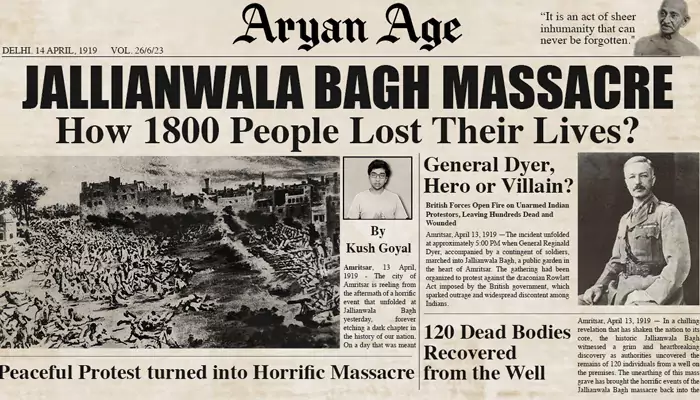
Notably, Dyer consistently defended his actions throughout his life, standing by his controversial decisions. On his deathbed, he reportedly said: "So many people who knew the condition of Amritsar say I did right ... but so many others say I did wrong. I only want to die and know from my Maker whether I did right or wrong."

